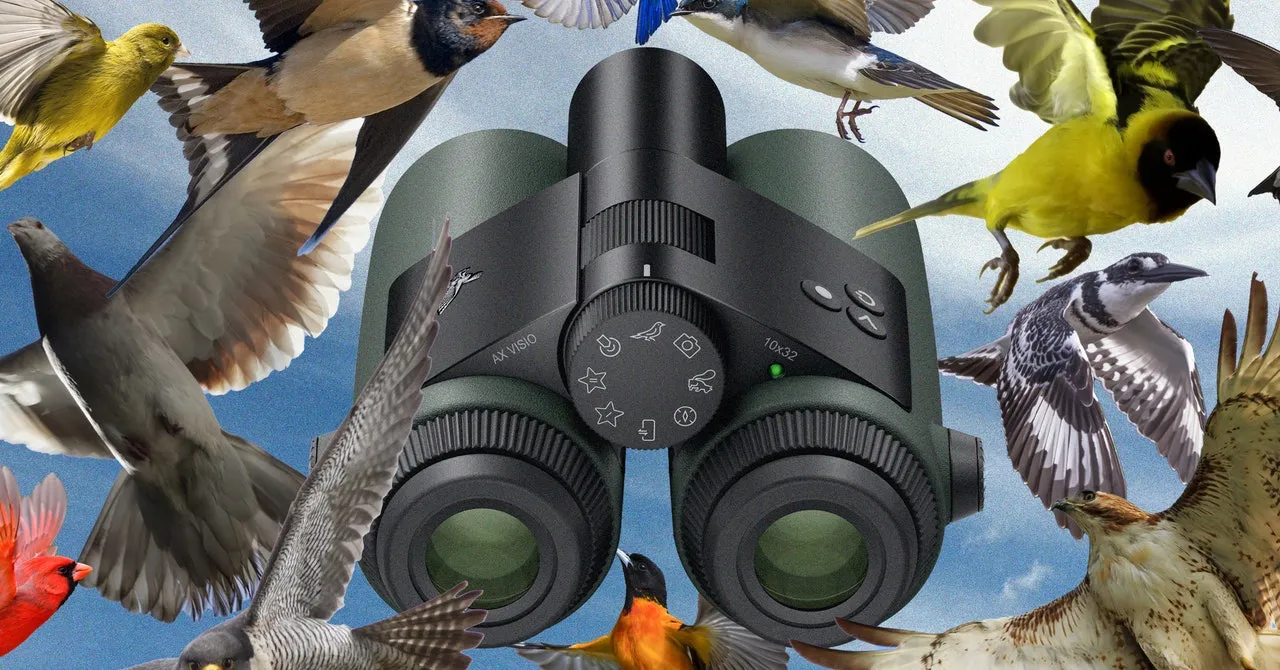Exploring the Outdoors with AI-Powered Bird Identification Binoculars

The Transformative Power of AI in Birding
Earlier this year, the company released the AX Visio, a pair of AI-powered binoculars co-developed with renowned designer Marc Newson. These are the world’s first AI binoculars, featuring an onboard computer capable of identifying nearly any bird in sight. With a built-in camera, the device utilizes computer vision software to identify over 9,000 bird species in real time, with capabilities extending to some mammals and insects.
Making Wildlife Observation Effortless
- Powerful identification modes for birds, mammals, butterflies, and dragonflies
- Utilizes the extensive database of the Cornell Lab of Ornithology's Merlin Bird ID
- Image recognition combined with GPS technology for precise species identification
As an amateur bird watcher at andBeyond Phinda Private Game Reserve in South Africa, I tested the AX Visio and found it user-friendly despite initial intimidation by its tech features. Its mode-selection wheel allows convenient toggling through various identification settings. However, the binoculars need to be stable for accurate identification; once focused, a red circle appears in the field of vision, enabling efficient identification.
High-tech Features and Performance
- Correctly identified 60-70% of birds during my experience.
- High-performance optics provide a 112-meter field of view at 1,000 meters.
- Onboard camera captures 13-megapixel photos and 1080p video.
While accurately identifying some species, such as the malachite kingfisher, some errors occurred, especially with distant sightings. Nonetheless, future firmware updates promise improved identification accuracy and broader species access. The convenience of having a camera integrated with binoculars has transformed the bird watching experience, allowing for seamless tracking and documentation of wildlife.
This article was prepared using information from open sources in accordance with the principles of Ethical Policy. The editorial team is not responsible for absolute accuracy, as it relies on data from the sources referenced.